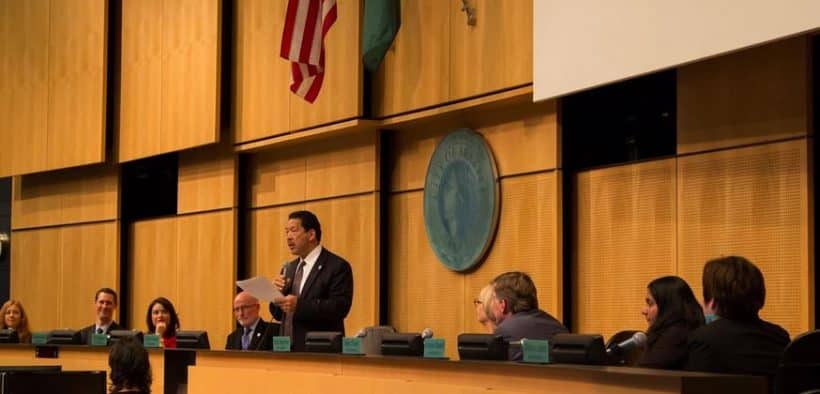Seattle Council Approves Affordable Housing

Seattle City Council votes to approve unanimously one of the most significant changes in the zoning structure of the city on Monday. It will have much taller buildings ranging in almost two dozen neighborhoods, denser housing, and the most important affordable housing. To reach this stage, it took many years as the proposal was subject to community conversations, analysis, and legal wrangling. In the meantime, Seattle experienced a real-estate boom as well.
The new measure would approve denser construction in almost 27 neighborhood hubs and the developers concerned would have to contribute for affordable housing. They have to include low-income apartments in their buildings or have to pay fees accordingly.
The changes were made in Licton Springs to Eastlake and the Central District to Rainier Beach. And the main motive for the change is rapid population growth and a widening wealth gap. Along with the 27 hubs, transit stations, lines, blocks and commercial building already in position will also be part of the upzoning. This will let the residents have more options on about 6 percent of Seattle blocks which are currently reserved for single-family houses.
“Planning for growth means sharing space to make room for everyone who wants to find their place in Seattle,” said Councilmember Rob Johnson, who shepherded the changes through the council.
Councilmember M. Lorena González said the upzones would “begin the process of dismantling exclusionary zoning laws historically rooted in the intention to exclude people who look like me” from certain blocks.
The idea to encourage private construction in order to help the low-income housing people along with retaining the urban flavor of Seattle has gained support from some developers, nonprofit housing providers, unions, environmentalists and density advocates. Seattle is not the only city to have a plan like this.
Allison Bolgiano with the nonprofit Bellwether Housing, citing teachers, maintenance workers and homeless people said they believe that the people who contribute to the social and economic fabric of Seattle the most should also have the chance to live with dignity. Allison added, “We house all those people, and we want to house more of them.”
As per critics, the deal is to appease the developers, and the City should have dealt with each neighborhood separately instead of the Mandatory Housing Affordability (MHA). They warned that the measure would accelerate the rate of replacing older, relatively cheaper dwellings with more costly models.
“MHA is full of false promises. It will increase, not reduce, the cost of housing,” Wallingford activist Frank Fay said. “It will replace diverse communities with gentrified communities.”
After Monday’s change, developers would have to give 5 percent to 11 percent of their projects to l0w-income apartments. They will also have the option of paying fees in the range of $5 to $32.75 per square feet; it again depends on the location of the unit and the height of the building.
As per the estimates by the Seattle officials, the upzoning of the neighborhood will create a minimum of 3,000 low-income apartments across Seattle over ten years.
At the same time, Councilmember Lisa Herbold is pushing to introduce a proposal which would require developers who make inexpensive homes to go above and beyond the MHA policy. They can do this by facilitating more low-income units or by paying more in fees.
“Today, Seattle took a big step toward more affordable housing choices,” Mayor Jenny Durkan said in a statement.




